Ever watch a Grand Prix and marvel how the groups, automobiles and drivers get from occasion to occasion? The logistics of shifting the Formulation 1 circus between locations is akin to a army operation. We check out the fascinating logistics of Formulation 1 and the way one of many world’s largest sporting occasions strikes between international locations on time.
All photos © F1Destinations
Earlier than the chequered flag has fallen on Sunday’s Grand Prix, the pack-up operation is already underway to maneuver F1 onto its subsequent location. Some spare elements, resembling engines may be packed up prepared for transit as early as Saturday, as there’s not sufficient time to alter an engine between the tip of parc-ferme and the beginning of the Grand Prix.
The broader tear-down plan is intricately set out on the Thursday morning earlier than every race weekend begins. It’s not unusual for circuits to be utterly cleared of F1’s presence in as little as eight hours after the Grand Prix ends.
If two races are separated by two weeks, there’s a window of ten days for journey and transit. If it’s a back-to-back race weekend, the time accessible to get every part operational on the subsequent venue between back-to-back races is simply three days. Double headers which contain highway journey throughout Europe may be among the tightest turnarounds of the yr.




Nearly each member of every Formulation 1 workforce has their very own function in serving to with packing up the garages. The storage partitions are de-constructed, and laptop racks – and the miles of cabling that go together with them – are packed away. Engines and tyres are often returned to their producers and the automobiles themselves should be dismantled, however this will solely be finished after the FIA have completed their inspections to test every automotive’s legality.
For the European races between the Emilia Romagna and Italian Grands Prix, the vast majority of the groups’ tools is transported by highway to economize. That features the workforce’s lavish motorhomes, that are dismantled by one other workforce of individuals after which packed into vans, earlier than being then pushed to the subsequent occasion.
If it’s not a back-to-back race weekend, automobiles will likely be flown again to the groups’ factories to be repainted. Suspension and wiring is checked and changed if wanted after which the equipment is packed as soon as once more and pushed to the airport.
Ferrari, AlphaTauri and Alfa Romeo’s cargo will meet at a mainland European airport, whereas the British groups’ items arrive on the East Midlands airport. From there, the crates are handed over to DHL, F1’s official logistics associate, and are loaded onto cargo planes that are chartered by Formulation One Administration (FOM). The groups nonetheless should pay for this service, although.
DHL: Formulation 1’s official logistics associate
As Formulation 1’s longest-standing associate, DHL have nearly 40 of expertise within the subject, benefiting from land, air and sea journey to make sure that each side of the world’s quickest sport, from workforce tools, tyres and gas, to hospitality and catering items, is at all times delivered on time.
F1’s relationship with DHL is among the most important; with out it, the present merely wouldn’t exist. The job finished by DHL may be in comparison with that of the work carried out by an F1 workforce throughout a pit-stop; a mass of individuals coming collectively to make sure a job will get finished as effectively and safely as potential, choreographed to perfection.
DHL’s spectacular statistics:
DHL estimate that, on common, every workforce ships the equal weight of eight elephants per race.
It’s additionally estimated that every workforce will transport round 50 tons of cargo per yr, which may value upward of $8 million.
DHL cargo travels upwards of 130,000km over the course of a season, in as much as six or seven Boeing 747 cargo planes per occasion.
As much as 300 vans head from race to race. When you put all of them collectively, they’d make a convoy longer than 5km!
Over a season, groups ship 660 tons of air freight and 500 tons of sea freight (the equal of 165 elephants, if that’s your most well-liked scale of measurement).
The cargo crates are specifically designed to successfully fill all of the area accessible in DHL’s planes.
There’s round 100 individuals concerned within the logistics total, together with individuals from DHL, workforce personnel and locals to every occasion who help the operation.
Every workforce has round three pallets price of precedence cargo. This would be the first cargo that arrives on the circuit, permitting groups to start organising their automobiles and garages. It’s as much as the groups what tools goes in these pallets.
F1 logistics and abroad journey
Logistics turn out to be much more difficult for the Grands Prix held outdoors of Europe. The way in which by which every part is shipped is determined by a wide range of elements, together with the space between venues and the period of time accessible.
To chop down on prices, some tools is distributed by sea. Groups start delivery 5 a lot of cargo out for the primary 5 fly-away races of the season in January. Usually, the cargo will likely be despatched on rotation world wide. For instance, after the Australian Grand Prix has completed the ocean freight will likely be despatched to the sixth fly-away race of the yr in Singapore and saved there till the Grand Prix weekend in September.
Again-to-back fly away races may be essentially the most difficult logistically, as there are solely three days to get items between circuits that are hundreds of kilometres aside. That, coupled with a altering time zone, makes it an especially tight schedule!
The workforce will pack precedence pallets for every Grand Prix, which embrace all of the necessities to set the garages up, resembling computer systems and storage partitions. These arrive on the subsequent circuit first, on the Tuesday after the final race. Customs checks are generally carried out on the circuits themselves relatively than on the airports, in an effort to velocity issues up.
For each equity and security, the groups’ crates are positioned within the pit-lane of the venue and will not be allowed to be accessed till each workforce’s cargo has arrived. As soon as this has all been arrange, extra cargo – together with the automobiles themselves – will arrive on the Wednesday, with the identical protocol going down.
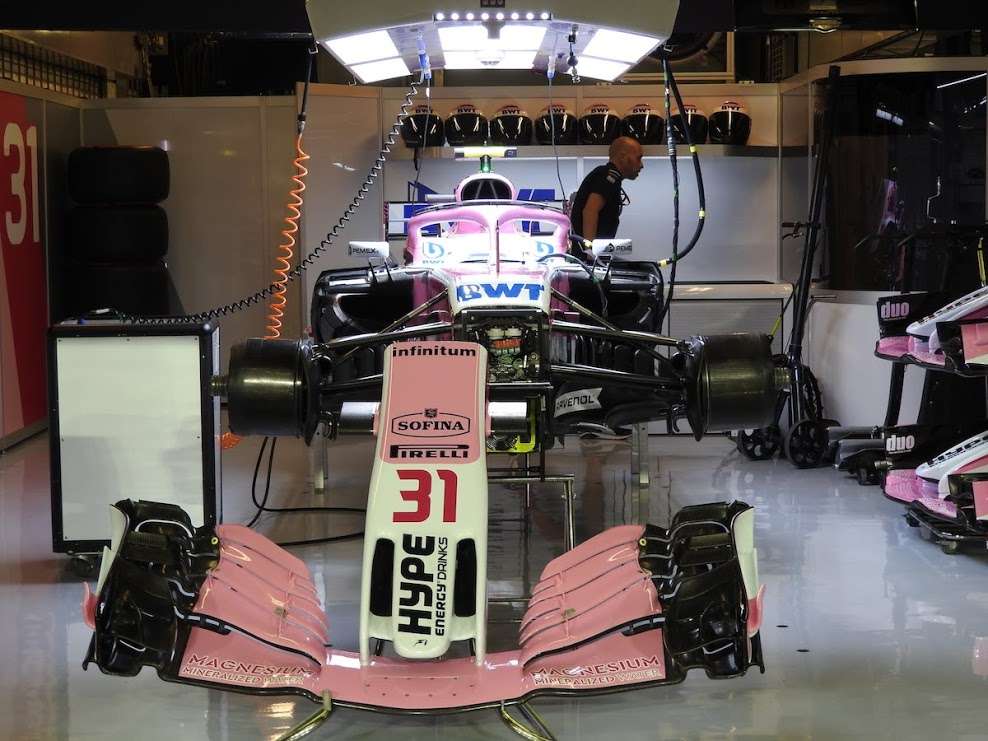

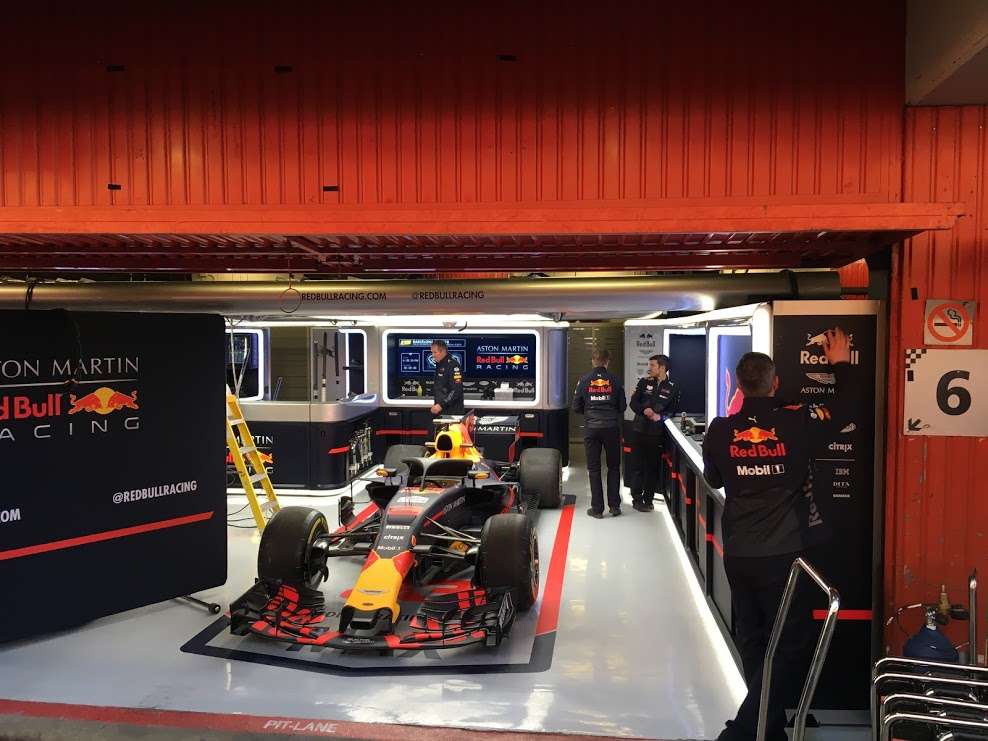

By Wednesday afternoon, every part within the pit lane and paddock is totally operational and prepared for media day on Thursday.
And all of that, after all, is simply the logistics of taking the vans, motorhomes, automobiles and tools from race to race. Issue within the massive variety of resort rooms which want reserving, rent automobiles which have to be discovered, meals which wants shopping for, catering preparations which want organising and web connectivity which wants organising and, all in all, the race earlier than the race may be much more chaotic than the Grand Prix itself!
Making an attempt conditions: Formulation 1 logistics at triple header occasions
A variety of elements could make the logistical operation much more making an attempt. Formulation 1’s first ever triple header again in 2018 proved a testing time, with three races on three consecutive weekends throughout Europe.
Some groups used alternate motorhomes for the center weekend of the triple-header. For the 1,600km journey between the Purple Bull Ring and Silverstone, every truck had three drivers to make sure the cargo by no means stopped shifting apart from gas stops.
Triple headers have since turn out to be a longtime a part of the Formulation 1 calendar and the groups and their logistical companions have tailored to make sure freight arrives on time – although delays almost threw the ultimate triple header of the 2021 season off beam…
How the climate can interrupt Formulation 1 logistics
Formulation 1 groups and their logistical companions can plan transportation right down to the minute – however generally these plans may be thwarted by elements outdoors of anybody’s management. The climate could cause complications for everybody concerned.
In 2021, Formulation 1 staged its first triple header of flyaway races with the game visiting Mexico, Brazil and Qatar on three successive weekends late on within the season. Because the pack up was accomplished as standard on the Mexico Metropolis Grand Prix, fog prompted six hours price of delays in transporting three cargo planes of freight from Mexico Metropolis’s airport to Brazil.
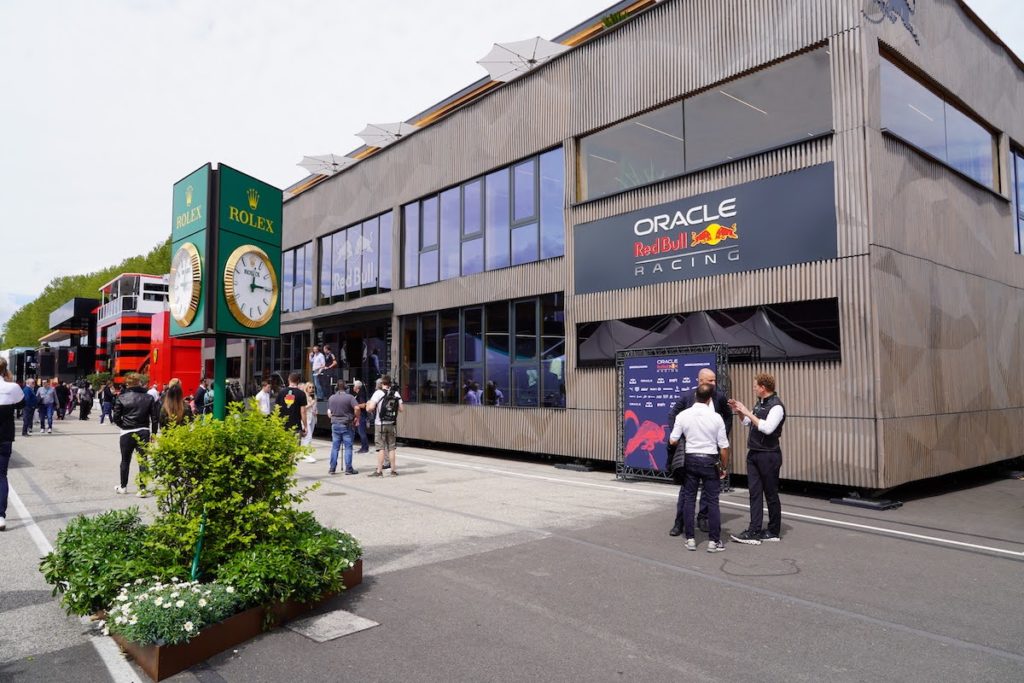

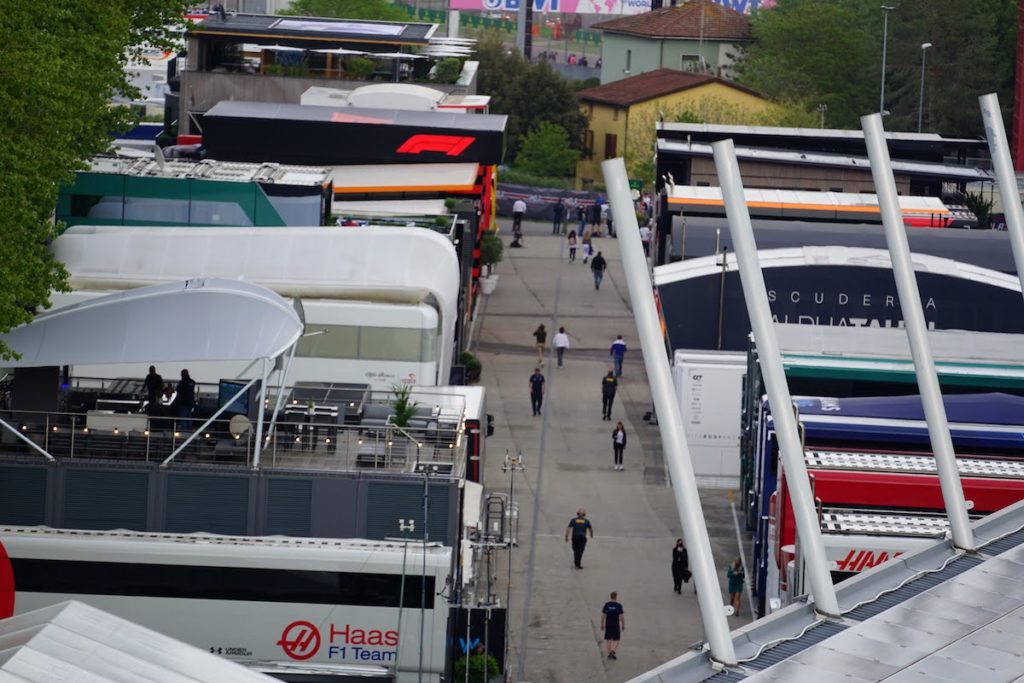

The delays meant that some groups’ freight didn’t arrive in Sao Paulo till Thursday afternoon and with qualifying going down on Friday – as this race used F1’s new Dash format – this was a removed from supreme scenario.
The FIA subsequently waived the standard curfew and altered the scrutineering deadline, permitting groups further time to arrange their automobiles for the race weekend. Their common schedules rewritten, each workforce was in a position to full their preparation in time for opening observe on Friday. F1’s Sporting Director Steve Nielsen stated that Formulation 1 and the groups would conduct a “full autopsy” of the scenario in an effort to work out what classes might be realized.
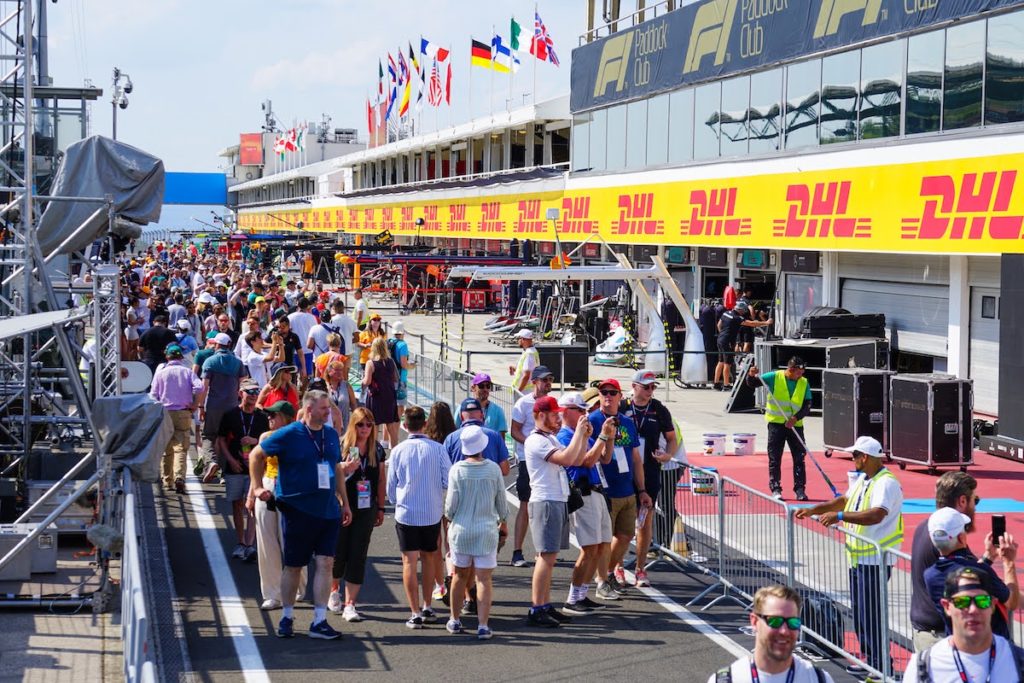

This wasn’t the primary time that climate had impacted preparation plans in Formulation 1. The tight turnaround between the Mexican and United States Grands Prix in 2018 was additionally nearly derailed by hostile climate circumstances. A hurricane, which had made landfall in Florida, was to trigger main delays to the transportation of Formulation 1 freight.
The groups’ sea freight, which was headed to Mexico, was as a consequence of be delayed till the Thursday earlier than the race – leaving too little time to arrange. DHL needed to suppose rapidly and discover a answer. They took the similar equipment which had been utilized by the groups at the US Grand Prix to Mexico and despatched it by highway, as is the norm for the European races, instantly after the Grand Prix, eliminating the necessity for sea freight. Fast pondering is crucial to make sure that Formulation 1 at all times arrives on time.
Formulation 1 logistics: Racing via the pandemic
The coronavirus pandemic introduced Formulation 1 with unparalleled logistical points. Not solely was travelling between international locations exceptionally troublesome, holding crew members secure and wholesome would additionally show to be a problem. Strict testing regimes had been put in place and interactions between groups was restricted.
In 2020, DHL aided Formulation 1 via 17 races, set at 14 venues, over 24 weeks in a season not like every other. After the cancellation of the 2020 Austrian Grand Prix, the groups’ tools was transported to 4 strategical hubs in the UK, Belgium, Canada and Vietnam, guaranteeing racing may resume at any venue globally with a ten day discover.
The 2020 Formulation 1 season ultimately started in early July with the 2020 Austrian Grand Prix. DHL transported over 40 containers by sea, together with 19 vans by highway, for the delayed F1 season to lastly start. Over the course of the primary pandemic-impacted season, DHL transported 800 tonnes throughout the season by air, sea and highway.
With journey restrictions in place, transporting freight turned an elevated problem. Some concessions had been made to make sure every part ran easily, together with Formulation 1 internet hosting its first ever two-day weekend on the 2020 Emilia Romagna Grand Prix – with the Imola race following simply seven days after the Portuguese Grand Prix.
Formulation 1 logistics and sustainability
In November 2019, Formulation 1 set itself the target of getting web zero carbon emissions by 2030. Whereas sure components of attaining this embrace utilizing 100% sustainable fuels in Formulation 1 automobiles and less complicated acts resembling decreasing single-use plastics within the paddock, one among F1’s largest hurdles to beat in attaining web zero standing is throughout the realm of freight logistics.
Formulation 1 offered an replace in December 2022 on its progress in bettering the sustainability of the game. It famous that freight containers had just lately been redesigned in an effort to be shipped in additional fuel-efficient plane, whereas distant broadcasting had been applied to decrease the quantity of journey freight. Strategic hubs have since been arrange in Europe, the United Arab Emirates and the US to cut back the space which freight has to journey between occasions. A mix of all of those elements has seen emissions lowered by 17%.
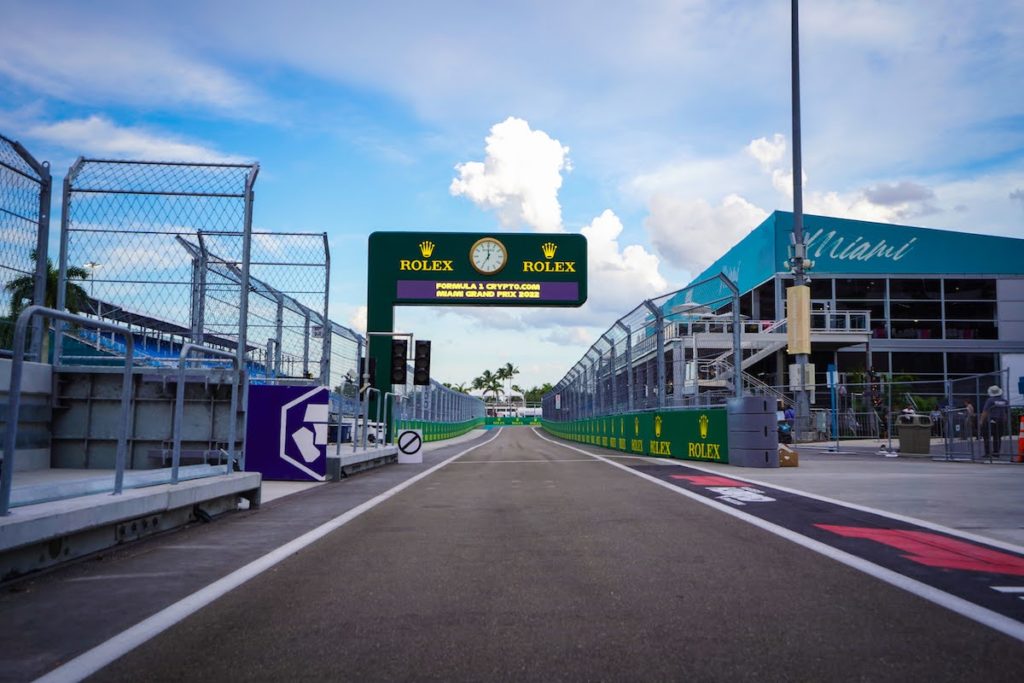

The game has already set about regionalising its calendar, grouping races collectively by geographical location thus decreasing air miles and travelling distances. Grouping races collectively on this means can also permit to be used of extra environment friendly modes of transport – freight trains for instance – to move tools between circuits sooner or later.
Throughout 2022, over the triple header of occasions which visited Spa-Francorchamps in Belgium, Zandvoort within the Netherlands and Monza in Italy, Mercedes trialled using biofuels for his or her freight. Impressively, their analysis discovered that using such fuels depleted their carbon emissions by a staggering 89%. As an alternative of utilizing fossil fuels, the groups’ vans had been powered by Hydrotreated Vegetable Oil (HVO100) biofuel. F1 adopted go well with in 2023, with all European races now delivered by vans working on biofuel. DHL say this has resulted in an 83% lower in carbon emissions when in comparison with working vans on diesel. DHL doubled their fleet of sustainable biofuel-powered vans in 2024.
In 2024, in collaboration with companions DHL and Qatar Airways, F1 introduced that it had expanded its funding in Sustainable Aviation Gasoline (SAF) for its flyaway occasions. The programme, which had been working since March 2024, is estimated to lower emissions by 80% per flight vs typical aviation gas. Round 20% of F1’s cargo flights used SAF in 2024.




















